“What is the responsibility of developers using generative AI?”—a question as potent as the technology it scrutinizes. Is it merely to innovate, pushing the boundaries of what machines can create? Or does it extend to stewardship, a guardianship over the ethical implications of their creations?
As we sail through the misty waters of technological advancements, it is essential that we navigate with a moral compass in hand.
AI has the potential to have a far-reaching impact on the global crises facing everyone, while at the same expanding the benefits of existing innovations to people around the world.
This is why AI must be developed responsibly, in ways that address identifiable concerns like fairness, privacy and safety, with collaboration across the AI ecosystem.
What is Generative AI?
Generative AI is like that secret sauce in your grandma’s famous recipe—everyone knows it’s amazing, but few understand what’s actually in it. At its core, generative AI refers to models and algorithms capable of creating content. This can be anything from writing text, designing graphics, to even composing music.
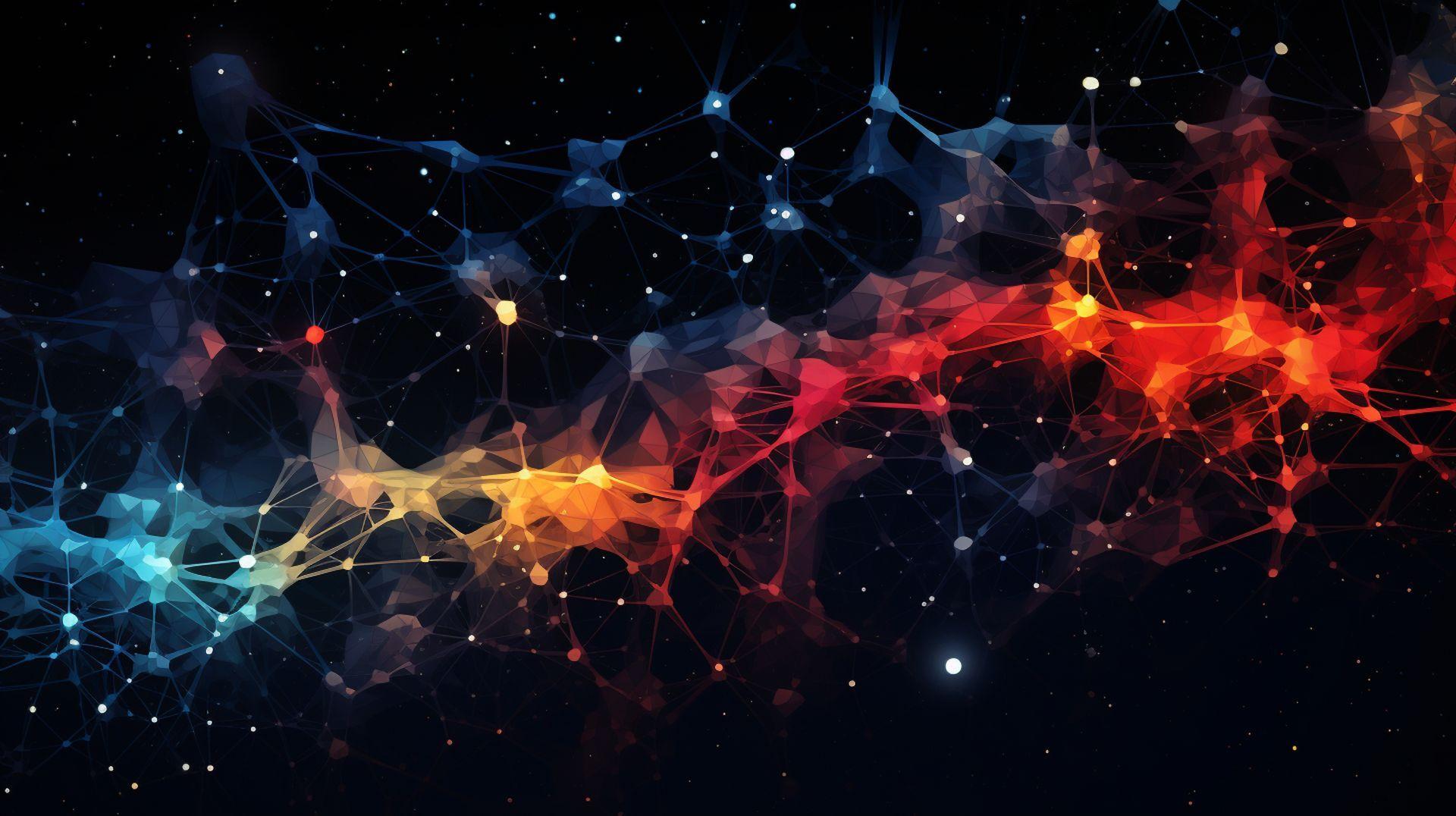
How does it work?
Imagine a digital Picasso of sorts. It starts with a blank canvas (or a dataset, to be precise), examines the brushstrokes of existing works (aka training on the dataset), and then goes on to create its own masterpiece.
This is done through sophisticated machine learning techniques, most notably neural networks, that aim to understand the underlying patterns and structures within the data. It’s a bit like teaching a machine to be creative, drawing from a wealth of existing information to generate something entirely new yet contextually relevant.
Why should you care?
We’re not exaggerating when we say that the implications are revolutionary. With generative AI, one can automate numerous tasks, from drafting emails to designing complex simulations for drug development. It’s like having a multi-talented intern that never sleeps—except this one can’t fetch you coffee (yet).
What is the responsibility of developers using generative AI in ensuring ethical practices?
Ah, the elephant in the room—or should we say, the android at the tea party? The rise of generative AI poses ethical questions so intriguing that even Spock would raise an eyebrow.
Walking the ethical tightrope
Developers are essentially the stewards of this emerging technology. It’s their decisions that determine whether generative AI becomes a force for good or ends up perpetuating harmful biases and falsehoods. Imagine a scenario where an AI model, trained on the internet’s sea of data, starts generating text that is racially or politically biased. Not great, right? That’s why developers have an ethical imperative to train these models responsibly.
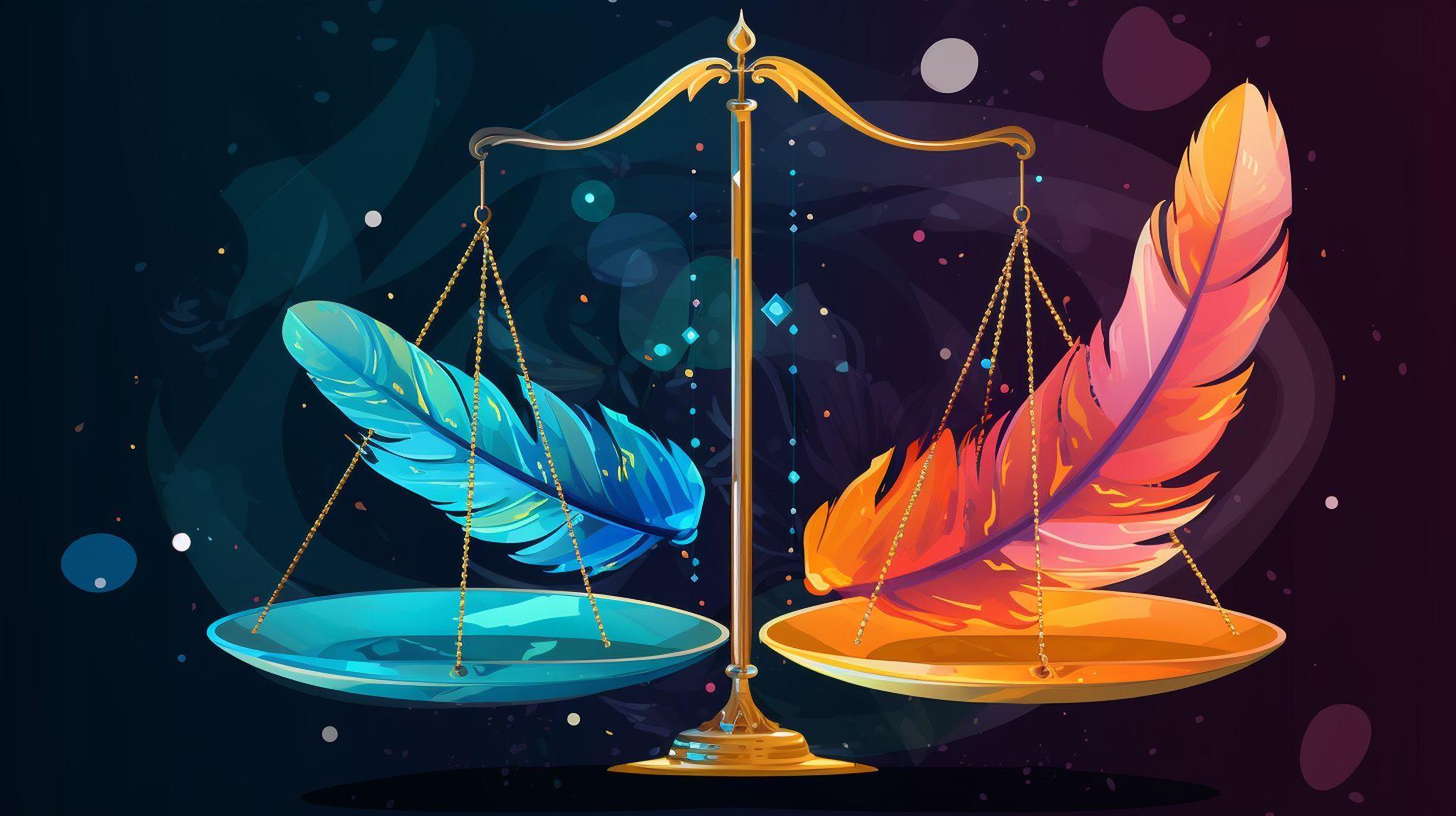
Tools of the ethical trade
Thankfully, we’re not sailing in uncharted waters. There are guidelines and frameworks available, including ethical charters and sensitivity screenings, that can help developers steer clear of potential icebergs. Consider these as the seat belts and airbags of your AI-driven vehicle—they won’t prevent every accident, but they can significantly mitigate risks.
The collaborative spirit
This year, generative AI is receiving more public focus, conversation, and collaborative interest than any emerging technology in our lifetime. That’s a good thing. This collaborative spirit can only benefit the goal of AI’s responsible development on the road to unlocking its benefits. From helping small businesses create more compelling ad campaigns to enabling more people to prototype new AI applications, even without writing any code—generative AI holds unprecedented promise.
So, the next time you marvel at a piece of AI-generated art or read a particularly compelling chunk of AI-written text, remember there’s a cadre of developers behind it, grappling with complex ethical questions to make it possible. And as we collectively lean into this brave new world, it’s on all of us—developers and end-users alike—to ensure that generative AI serves as an empowering tool rather than a Pandora’s box.
Transforming traditional industries
Imagine stepping into a time machine and heading back a few decades. You’d be met with industries operating at snail’s pace compared to today, burdened by limitations that generative AI has been vanquishing like a digital superhero. From agriculture and healthcare to entertainment, the traditional way of doing things has received a high-octane boost. And don’t get us started on the data analytics capabilities—generative AI takes number-crunching to a level that’s almost poetic.
Bespoke solutions, just for you
One of the most exciting things about generative AI is its capacity for customization. Imagine an AI system that can design a factory layout optimized for both energy efficiency and worker safety. That’s not the future; that’s right now.
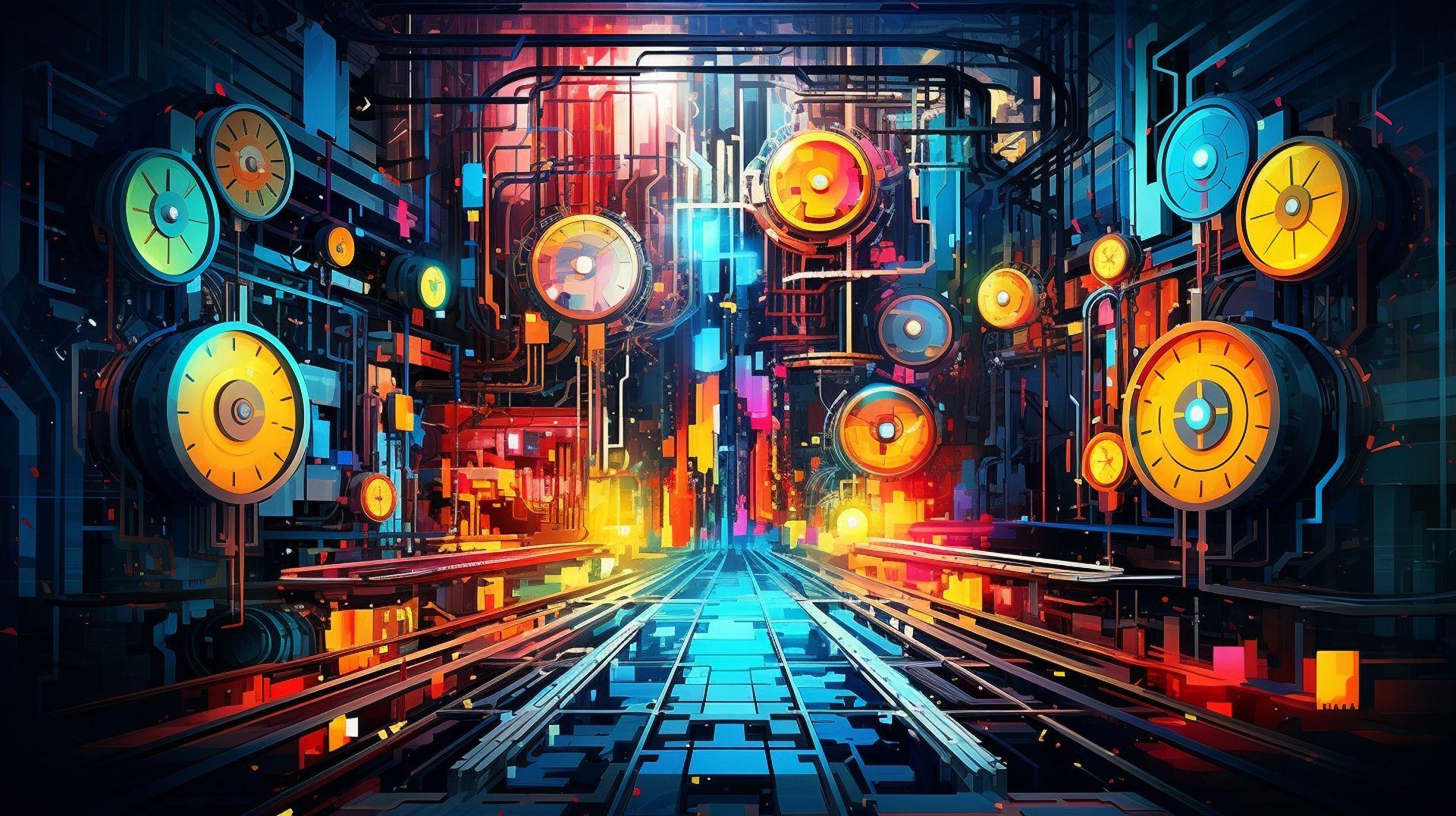
A new industrial revolution
We advocate for seeing this as a new kind of industrial revolution. And like any revolution, it’s not without its challenges and detractors. There will be speed bumps, but the end result is a more efficient, more effective industrial landscape. Trust us; this is one train you want to catch.
How generative AI is changing manufacturing?
If Henry Ford revolutionized manufacturing with the assembly line, generative AI is set to do so with what could aptly be termed the “Assembly Cloud.” From automating routine tasks to optimizing the supply chain, AI is the new assembly belt that never stops, breaks, or calls in sick.
Quality over quantity
But it’s not just about doing things faster. Generative AI allows us to do things better. Whether it’s material design or quality assurance, generative models can simulate countless scenarios to identify the optimal approach. We’re talking about elevating the very definition of ‘quality’ here.
Digital transformation in manufacturing: An overview
AI and human synergy
While generative AI can do wonders, we must emphasize that it’s a tool—not a replacement for human expertise. What it does offer is the opportunity to free up human capital for more creative and complex tasks, making the workspace not just more efficient but also more intellectually rewarding.
What is the role of generative ai in drug discovery?
In the world of drug discovery, time isn’t just money—it’s lives. The traditional path from concept to commercial drug is not only costly but also incredibly slow, often taking a decade or more. Imagine the frustration of watching paint dry, but with far higher stakes. Enter generative AI, the speedster that promises to shake up this tedious status quo.
Data-driven chemistry
Generative AI’s role in drug discovery is akin to that of an exceptionally gifted chemist, one who’s read every scientific journal, understood every interaction, and remembered every molecular structure. It sifts through existing data to predict how different compounds can interact, effectively suggesting new drug candidates at a pace unimaginable to human researchers.
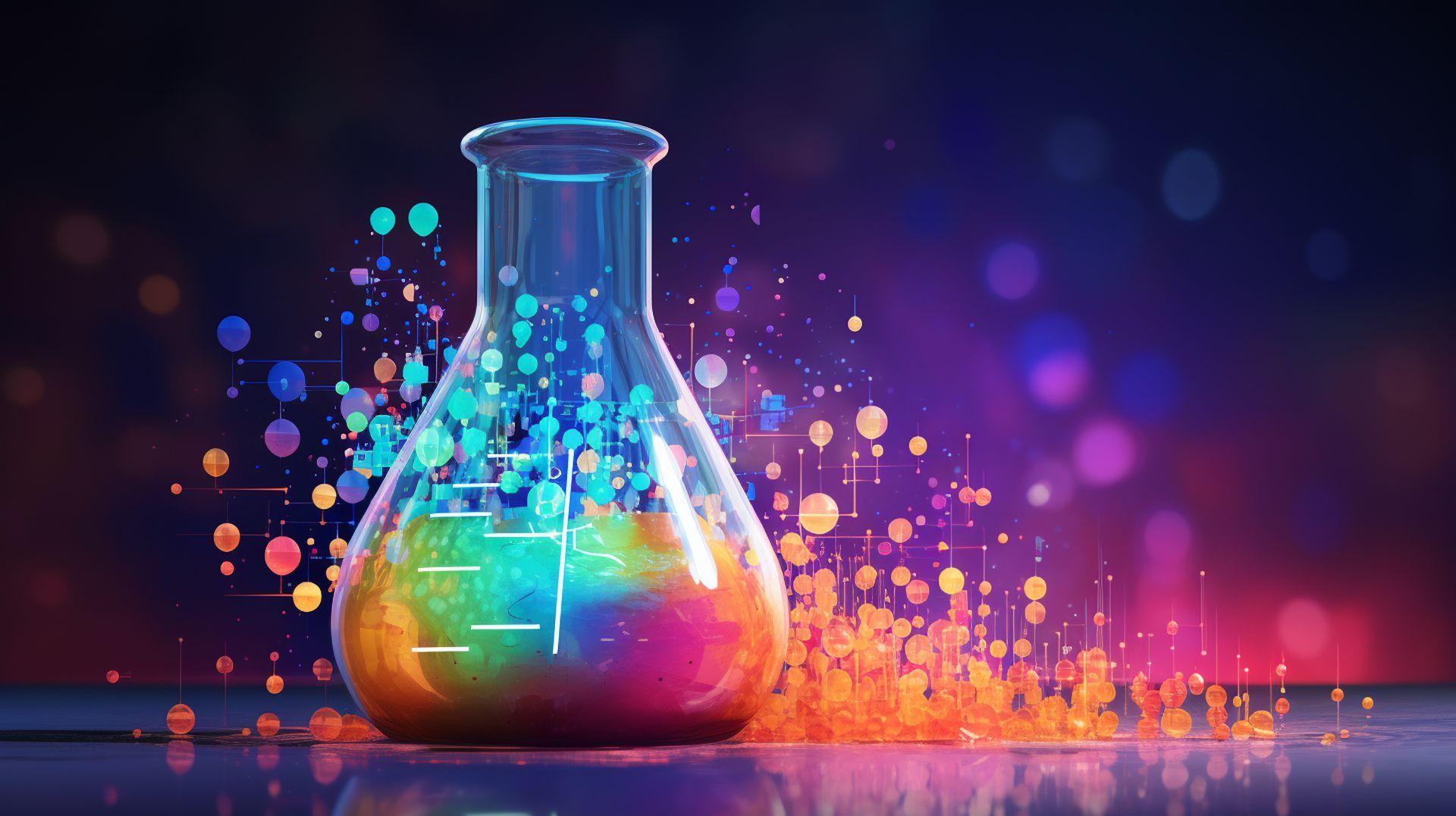
In silico, not in limbo
“In silico” is the trendy term for simulated computer experiments, and it’s where generative AI truly shines. By conducting millions of virtual experiments, AI models can predict a drug’s efficacy, toxicity, and possible side effects long before it hits the lab, let alone human trials. It’s like having a “fast forward” button on the remote control of drug development.
Collaboration is key
It’s crucial to note that generative AI isn’t a solo act. It’s part of an ensemble cast that includes researchers, clinicians, and regulatory bodies. What AI provides is a potent catalyst, accelerating reactions but not replacing the human touch where it matters most—critical thinking, ethical considerations, and nuanced decision-making.
What is the primary advantage of using generative AI in content creation?
You’ve likely heard of the infinite monkey theorem: give a monkey a typewriter and infinite time, and it will eventually type out the complete works of Shakespeare. Well, generative AI is like that monkey, but it doesn’t need infinity to produce coherent, insightful, or even poetic content. And it certainly doesn’t fling anything undesirable your way.
Speed, meet quality
In a world addicted to the ‘refresh’ button, the need for fast, high-quality content has never been greater. Generative AI offers the golden ticket: the ability to produce large volumes of content at a speed that would make even Usain Bolt do a double-take. But speed isn’t its only asset; we’re talking about content that’s customizable, coherent, and perhaps most importantly, human-like in its readability.
The algorithm behind the curtain
Think of generative AI as the Wizard of Oz behind the curtain of content creation. It’s not just generating words; it’s predicting what should come next in a sequence, ensuring that the text flows naturally. It does this based on extensive training—kind of like a writer honing their craft, except this one digests data at the speed of light.
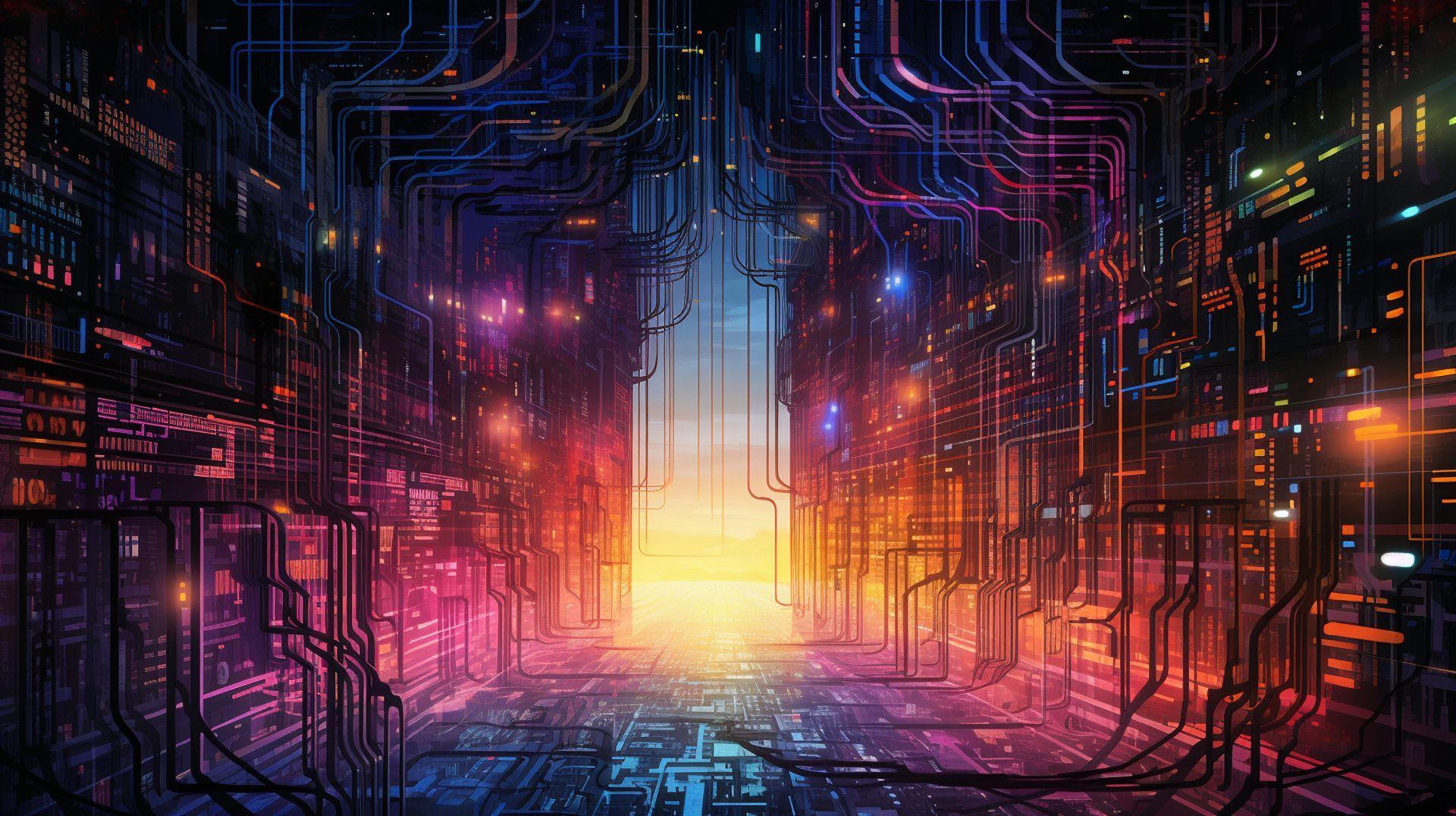
More time for what matters
With generative AI handling the grunt work, human creators are freed up to do what they do best—think creatively. Need to brainstorm innovative marketing strategies or compelling story arcs? You now have the time, thanks to your AI assistant that’s busy generating SEO-friendly product descriptions or drafting initial outlines for your upcoming op-eds.
WordAI can be your secret weapon for unique and SEO-friendly content
The SEO golden goose
Let’s not forget the ever-elusive dragon that is Search Engine Optimization (SEO). Generative AI can be trained to produce content that not only reads well but also ticks all the boxes of SEO guidelines. It’s like having a marketing team, a writing staff, and a data analyst rolled into one algorithmic package.
What is the role of generative AI in energy industry?
If managing energy was as simple as flipping a switch, we wouldn’t need an entire industry dedicated to it. It’s a multi-faceted beast, involving production, distribution, consumption, and let’s not forget, environmental considerations. Generative AI acts as the puzzle-solver, capable of sifting through this complexity to generate optimal solutions.
Prediction, meet efficiency
One of the most game-changing aspects of generative AI in energy is its predictive prowess. Imagine a model that can forecast power consumption trends down to the last kilowatt, enabling grid managers to efficiently allocate resources. It’s like having a weather forecast for electricity, and the accuracy is nothing short of groundbreaking.

Sustainability as a priority, not an afterthought
The energy sector is under increasing pressure to adopt sustainable practices. Generative AI can simulate countless scenarios to identify the most eco-friendly energy solutions. Whether it’s optimizing wind turbine placements or improving solar panel efficiency, AI provides a roadmap to a greener future.
Resource optimization and waste reduction
For industries like oil and gas, generative AI can offer tailored drilling strategies, predictive maintenance, and even simulate extraction processes to minimize environmental impact. This leads to smarter resource utilization and significantly reduces waste—an outcome we can all get behind.
Sustainability meets technology: Sparck Technologies’ integration of green solutions
Bridging gaps with smart grids
We’re in the era of smart everything—smart homes, smart cities, and yes, smart energy grids. Generative AI plays a role in making these grids not just smart, but also efficient and resilient. It can help manage distributed energy resources and even automate real-time pricing, bringing a new level of sophistication to energy management.
Final remarks
So, we find ourselves back at the question that started our intellectual journey: What is the responsibility of developers using generative AI? After exploring its myriad applications—from revolutionizing drug discovery to optimizing the very way we consume energy—it becomes abundantly clear that the responsibility is not just monumental but also multifaceted.
It’s not merely a question of developing foolproof algorithms; it’s about nurturing a symbiotic relationship between technology and ethics. It’s about considering the social, environmental, and even philosophical ramifications of what we create.

The generative AI of today is not an isolated tool, but an active participant in the shaping of our collective future. And thus, the responsibility of its developers extends far beyond lines of code; it encompasses the welfare of society, the integrity of industries, and the sanctity of ethical principles.
In this light, the developers of generative AI become not just architects but also caretakers—curators of a new age that balances the scales of innovation and morality.
Featured image credit: Kerem Gülen/Midjourney






